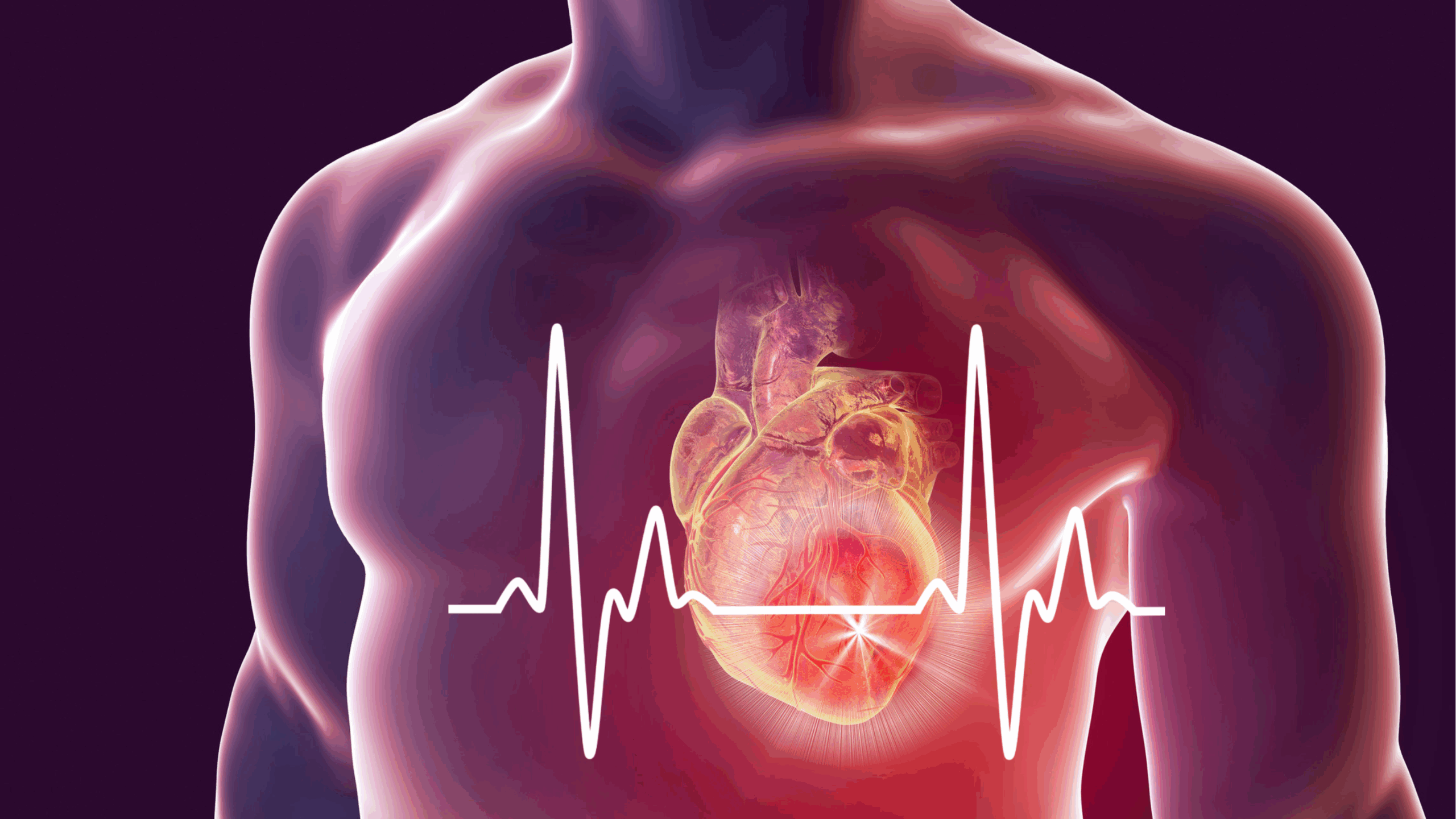What are Cardiovascular Diseases? Cardiovascular diseases (CVDs) represent a broad spectrum of conditions affecting the heart and blood vessels. These diseases disrupt the vital function of the circulatory system, which is to transport oxygen, nutrients, hormones, and cellular waste products throughout the body. The consequences of CVDs can range from reduced quality of life to life-threatening events like heart attacks and strokes, making them a leading cause of mortality globally. Understanding the specific mechanisms and the interconnectedness of these conditions is crucial for effective prevention and management. For instance, atherosclerosis, the buildup of plaques in arteries, underlies many forms of CVD, including coronary artery disease and peripheral artery disease. What causes CVDs? The etiology of CVDs is complex, involving a dynamic interplay between modifiable and non-modifiable risk factors. What are symptoms of CVDs? The clinical presentation of CVDs is diverse and depends on the specific condition and the extent of the disease. How can you diagnose CVDs? A comprehensive diagnostic approach is used to identify CVDs and assess an individual’s risk. Dietary management of CVDs: Dietary interventions are fundamental in both the prevention and management of CVDs. The focus is on adopting a heart-healthy eating pattern. Emphasize: Limit: Helpful Phytonutrients for CVDs: Polyphenols:
Test7
What are Cardiovascular Diseases? Cardiovascular diseases (CVDs) represent a broad spectrum of conditions affecting the heart and blood vessels. These diseases disrupt the vital function of the circulatory system, which is to transport oxygen, nutrients, hormones, and cellular waste products throughout the body. The consequences of CVDs can range from reduced quality of life to life-threatening events like heart attacks and strokes, making them a leading cause of mortality globally. Understanding the specific mechanisms and the interconnectedness of these conditions is crucial for effective prevention and management. For instance, atherosclerosis, the buildup of plaques in arteries, underlies many forms of CVD, including coronary artery disease and peripheral artery disease. What causes CVDs? The etiology of CVDs is complex, involving a dynamic interplay between modifiable and non-modifiable risk factors. What are symptoms of CVDs? The clinical presentation of CVDs is diverse and depends on the specific condition and the extent of the disease. How can you diagnose CVDs? A comprehensive diagnostic approach is used to identify CVDs and assess an individual’s risk. Dietary management of CVDs: Dietary interventions are fundamental in both the prevention and management of CVDs. The focus is on adopting a heart-healthy eating pattern. Emphasize: Limit: Helpful Phytonutrients for CVDs: Polyphenols:



